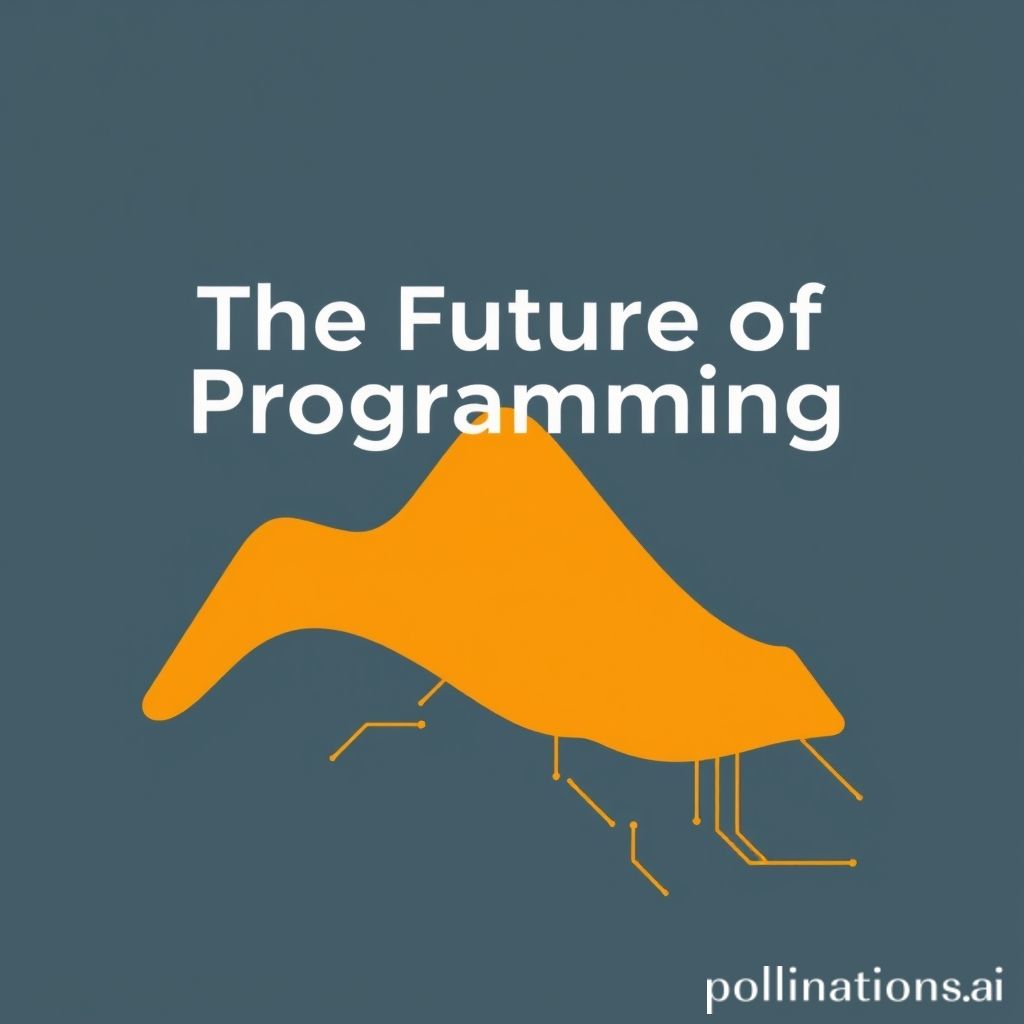
The Future of Programming Languages: Trends and Innovations
As the technology landscape continues to evolve, programming languages are constantly adapting to meet the needs of developers and the demands of modern applications. In this article, we will explore the future of programming languages, focusing on key trends and innovations that are shaping their development.
1. Increased Popularity of Multi-Paradigm Languages
Multi-paradigm programming languages, which support different programming styles, are gaining traction. This trend allows developers to choose the most suitable paradigm for their specific project needs. Languages like JavaScript, Python, and Rust are increasingly being used in various contexts, promoting flexibility and encouraging creative problem-solving.
2. Rise of Domain-Specific Languages (DSLs)
Domain-specific languages are tailored for specific application domains, making them powerful tools for developers. These languages streamline the coding process, enhance maintainability, and improve performance. Expect to see more DSLs emerging in fields such as:
- Data science and machine learning
- Web development
- Game development
- System configuration and automation
3. Focus on Performance and Efficiency
Performance remains a critical factor in programming languages, especially as applications grow in complexity and scale. Developers are increasingly favoring languages that prioritize speed and efficiency. Innovations such as just-in-time (JIT) compilation, ahead-of-time (AOT) compilation, and optimizing compilers are becoming common in languages like Go and Rust, allowing them to execute faster and use fewer resources.
4. Integration of Artificial Intelligence
As artificial intelligence (AI) becomes more prevalent, programming languages are evolving to incorporate AI-driven features. Tools that leverage AI for code completion, bug detection, and optimization are on the rise. Consequently, programming languages that embrace AI capabilities will likely be preferred by developers seeking to enhance productivity and streamline workflows.
5. Emphasis on Safety and Security
With the increasing frequency of cyber attacks, programming languages are placing greater emphasis on safety and security. Languages like Rust, which enforce strict memory safety, are becoming popular for developing secure applications. Additionally, built-in security features and best practices are being integrated into the development life cycle across various languages.
6. Community-Driven Development
The open-source movement continues to thrive, resulting in the creation of vibrant communities around programming languages. These communities play a crucial role in driving innovation, sharing knowledge, and supporting new developers. Future languages will likely be developed and refined through collaborative efforts, leading to rapid advancements and more inclusive ecosystems.
7. Enhanced Tooling and Ecosystem
The growth of online platforms and development environments is significantly impacting the adoption of programming languages. Tools that facilitate learning, debugging, and collaboration are essential in today's fast-paced development world. As languages evolve, expect to see improved libraries, frameworks, and IDEs that simplify the development process across various environments.
Conclusion
The future of programming languages is bright, filled with exciting trends and innovations that prioritize flexibility, efficiency, and security. As technology continues to evolve, programmers will benefit from the emergence of new tools and languages that will cater to the ever-changing landscape of software development.
